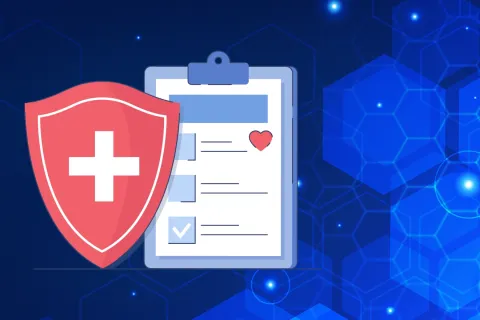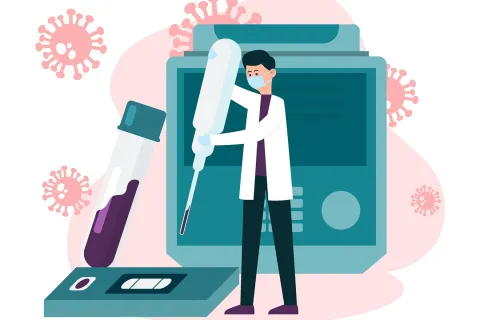
In the highly regulated life sciences and pharmaceutical industries, artwork and label management are a critical component that directly impacts patient safety, regulatory compliance, and brand integrity. As companies strive to bring innovative products to market, they face increasing pressure to ensure that their packaging and labeling meet stringent regulatory standards while effectively communicating essential product information. This blog explores the importance of effective artwork and label management, the challenges faced by industry players, and best practices to enhance efficiency and compliance.
The Importance of Artwork and Label Management
Artwork and label management encompasses the entire lifecycle of product packaging, from initial design to final approval and distribution. This process is vital for several reasons:
- Regulatory Compliance: Life sciences companies must adhere to a myriad of regulations across different geographies. Non-compliance can lead to severe penalties, product recalls, and reputational damage. Accurate labeling is not just a legal requirement; it is essential for ensuring that patients receive the correct information about their medications.
- Patient Safety: Clear and accurate labeling is crucial for patient safety. A single error in dosage instructions or warning statements can have life-threatening consequences. Thus, rigorous management of artwork and labels is necessary to mitigate risks associated with miscommunication.
- Brand Integrity: Packaging serves as the first point of contact between the product and the consumer. Consistent and professional artwork reinforces brand identity and builds trust with healthcare providers and patients. Effective label management ensures that all branding elements are accurately represented across different markets.
Challenges in Artwork and Label Management
Life sciences companies face several challenges in managing artwork and labels effectively:
- Complex Regulatory Landscape: With varying regulations across regions, companies must ensure that their labels comply with local laws while maintaining consistency in branding.
- Increased Volume of Information: The rapid pace of product development and the growing complexity of information require robust systems to manage and track changes in artwork.
- Collaboration Across Teams: Effective artwork management necessitates collaboration between multiple departments, including Marketing, R&D, and Quality Assurance (QA). Ensuring seamless communication and coordination can be challenging, particularly in global teams.
- Risk of Errors: According to industry data, nearly 50% of recalls in the pharmaceutical sector result from labeling errors. These mistakes can be costly, both financially and in terms of brand reputation.
Best Practices for Effective Artwork and Label Management
To navigate these challenges and enhance the efficiency of artwork and label management, companies can adopt several best practices:
- Implement Integrated Software Solutions
Utilizing advanced artwork and label management software can streamline the entire process. These solutions offer features such as:- Centralized Storage: Secure storage for all artwork versions, enabling easy retrieval and version control.
- Automated Workflows: Streamlined approval processes that reduce cycle times and minimize the risk of errors.
- Collaboration Tools: Real-time collaboration features that allow teams to share feedback and track changes efficiently.
- Establish Clear Processes and Checklists
Creating standardized processes and checklists for artwork development can help ensure that all necessary steps are completed. This approach reduces the likelihood of overlooked errors and enhances accountability among team members. - Enhance Cross-Functional Collaboration
Fostering collaboration between Marketing, R&D, and QA teams is essential for successful artwork management. Regular meetings and updates can help align expectations and ensure that everyone is informed about project timelines and requirements. - Utilize Digital Proofing and Review Tools
Digital proofing tools allow teams to review artwork in real-time, providing a platform for immediate feedback and revisions. This approach reduces the number of approval cycles and accelerates the overall timeline for getting products to market. - Stay Updated on Regulatory Changes
Given the dynamic nature of regulatory requirements, companies must stay informed about changes in legislation. Regular training sessions and updates for relevant teams can help ensure compliance with the latest standards. - Focus on Quality Control
Implementing a robust quality control process is vital for ensuring the accuracy of artwork and labels. QA teams should conduct thorough reviews of all artworks before final approval, verifying that all content is accurate and compliant with regulatory requirements.
Conclusion
Artwork and label management in the life sciences and pharmaceutical sectors is a complex but essential process that requires careful attention to detail and collaboration across multiple teams. By implementing best practices and leveraging advanced software solutions, companies can enhance their efficiency, reduce the risk of errors, and ensure compliance with regulatory standards. As the industry continues to evolve, prioritizing effective artwork and label management will be crucial for maintaining patient safety, upholding brand integrity, and achieving long-term success in the competitive life sciences market. By investing in robust processes and tools, organizations can navigate the complexities of artwork management while delivering high-quality products that meet the needs of patients and healthcare professionals alike.
Author: Nirupama Parate









